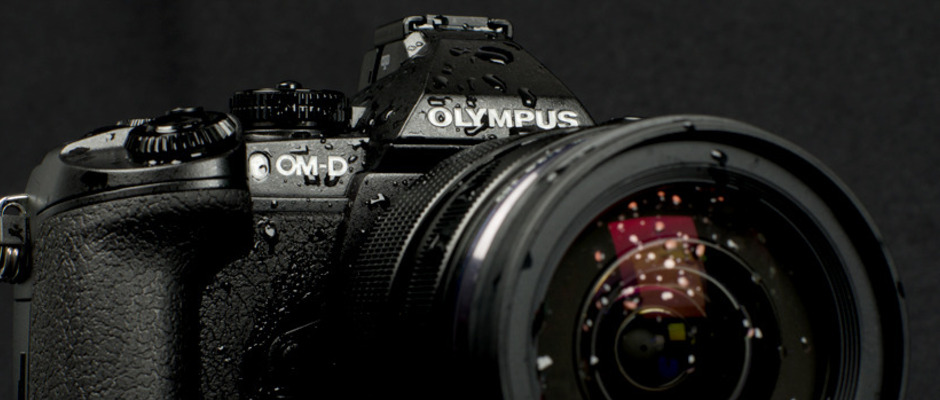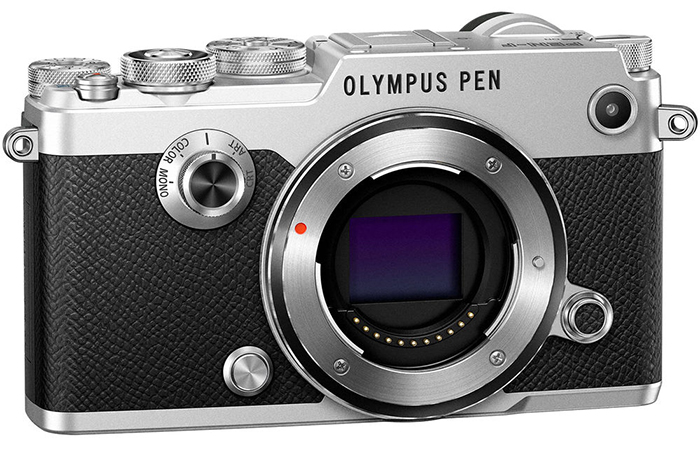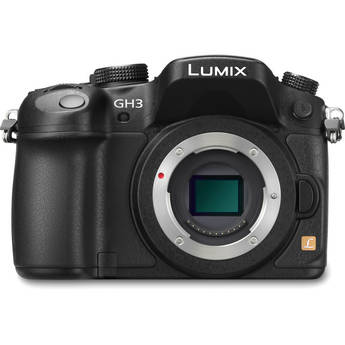
Future models of Olympus camera’s will have more video capabilities, says European product manager Michael Guthman. “Movie capabilities will be a top priority in the future”, Guthman writes in an email to Dutch journalist and documentary maker Vincent Verweij. The latest OM-D E-M1 has been heavily criticized for it’s lackluster video capabilities and apparently Olympus is addressing the issues.
Guest post by Vincent Verweij
With the introduction of the ‘professional’ OM-D E-M1 many users were expecting big improvements to the video part of the camera. Previous models had very limited video-features. But the dissapointing fact was that video did not improve. The photographic side of things did, but video stayed behind. And that’s strange, because Olympus has the best video stabilization on the market, with it’s superb 5-axis on-sensor system, that works with every lens attached to the body. It’s like having a steadicam in the camera, smoothing every move and even stabilizing the shot while walking. It completely eliminates the need for external stabilisation gear, such as gimbals and even tripods. The 5-axis stabilizer makes the OM-D series a very interesting option for video-journalists and documentary makers, such as myself, who often have to work handheld in unpredictable situations. One would expect that Olympus would cash-in on this unique technology, by adding features that are critical to videographers. But they have, as of yet, not done that.
The most important video problem in Olympus camera’s is the lack of choice in framerates. All other brands, Canon, Nikon, Panasonic and Sony offer a choice of 25 or 30 fps, some even 24 fps (which is the standard for digital cinema and theatrical projection). All digital Olympus models ever produced, including the OM-D series, have always only been capable of filming at 30 frames per second (the US and Japanese standard).
Why is 25 fps so important? Well, Europe is a PAL-country, so in order to show footage on a TV, or distribute it as DVD, it must be shot on 25 frames-per-second, or 50 fields, else it will drop frames, giving every shot a stroboscopic effect. But not only that. The PAL-standard in Europe was chosen because the European electricity system runs at 50 Hz. By using 50 fields per second, you avoid flickering of video when filming in artificial light. Even in daylight situations this can be a huge problem, for example a few fluorescent tubes in an office with daylight coming through windows, will ruin the shot. The fixed framerate of 30fps makes Olympus camera’s practically unusable for anything but amateur video in Europe.
There are other things which should improve, to make Olympus camera’s more attractive for video use, not just in Europe. The obvious one being a better codec and higher bitrates. The bitrate on the EM-1 is now 24Mbit/s in 1080p, only a slight increase from the 20Mbit’s on the E-M5. The E-Ms use H264 and MJPEG codecs, causing compression artefacts such as banding and blocks. What videomakers want is high bitrate, low compression recording with a codec that stores every frame, not just keyframes. Think ProRes or CinemaDNG. And ofcourse a 4K option in the future. Blackmagic are leading the way here, with a range of affordable micro-four third camera’s. They also have 13 stops of dynamic range and 4K resolution in the top-model.
The HDMI-port on the OM-D EM-1 now does live output, that’s great. But it can only output video with metadata overlayed on screen. Rendering it unusable for recording with a second, external recorder (with a better codec). Same story with audio. The EM-1 now has an audio input, allowing external microphones to be connected. Great, but the audio level can’t be monitored on the viewfinder and LCD, so you have no way of telling whether the audio levels are okay.
Next, a built-in ND filter like the Panasonic AF-100 has, would be absolutely fantastic. That camera has an internal neutral density filter that is essential for video recording. The dedicated dial on the camera body lets you adjust the setting in three steps with any type of lenses.
I asked Europe’s product manager for the EM-1 about the video issues. Michael Guthman replied: “As you know Olympus is a company which is coming from the photographic side of the business. Therefore our top priority is to develop cameras which fits perfectly to the needs of photographers. However we know that the movie functionality becomes more and more important and we are getting the same request from customers. Therefore we could ensure that we are aware of this. Movie capabilities will be a top priority in future.”
Let’s hope Olympus lives up to it’s promise. Most of these issues could most likely be fixed via a firmware update, on the existing EM-1 and EM-5 camera’s: 24 and 25 fps framerate, a better codec, HDMI clean output, audio metering. But 4K, ND-filters and higher dynamic range are things which would need new hardware. In the best case, Olympus will start with a firmware update so that videographers like me don’t have to wait until next year for an Olympus camera we can actually use.
Preorder Links:
Olympus E-M1 body at Amazon, Adorama and BHphoto, Amazon DE (via DL), Amazon UK (via DL), Amazon ES (via DL), WexUK, Topshot FI, CameraWorldUK.
Olympus M. Zuiko Digital ED 12-40mm f/2.8 PRO Lens at Amazon, Adorama, BHphoto, AmazonDE (viaDL), Amazon ES (via DL).
Olympus E-M1 with 12-40mm Lens kit at Amazon DE (via DL), WexUK and CameraWorldUK, Amazon UK (via DL), Amazon ES (via DL).
Olympus E-M1 with 12-50mm Lens kit at Amazon DE (via DL), WexUK, CameraWorldUK, Amazon UK (via DL), Amazon ES (via DL).
Olympus EP-13 Eyecup for E-M1 at Adorama and BHphoto.
Olympus HLD-7 Battery Grip for E-M1 at Amazon, Adorama and BHphoto.
Olympus LC-62D Metal Front Lens Cap for 12-40mm at Adorama and BHphoto.
Olympus LH-66 Lens Hood for 12-40mm at Adorama and BHphoto.






